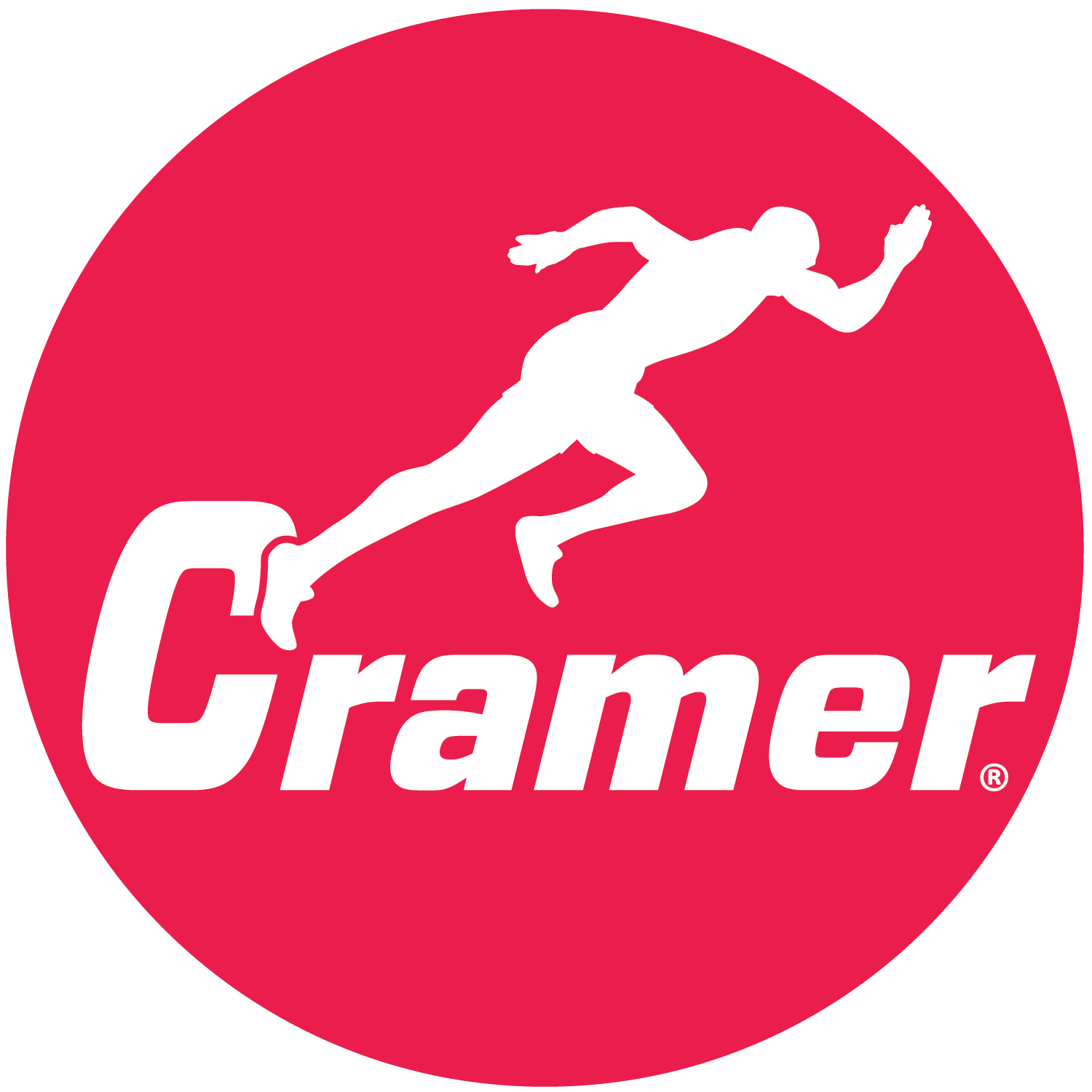Swipe to the right

October 11, 2014
In each issue of The First Aider, we profile and tell the story of an athletic trainer. For this issue, you’ll get to know two athletic trainers, Jay and Anna Sedory, whose lives changed forever when they met at an NATA conference! Read More
Posted in: Athletic Trainer's Spotlight
October 10, 2014
The majority of athletes included in a new study by researchers at the University of North Carolina School of Medicine were able to return to play after having knee surgery to repair an ACL injury. Read More
Posted in: White Papers & Articles
October 9, 2014
All of us at Cramer bid a fond farewell to Tom Rogge, who retired on Sept. 30 after 23 years as the company’s president and CEO. Rob Mogolov is Cramer’s new leader, and has been appointed to the newly created position of general manager. Read More
Posted in: Cramer News
